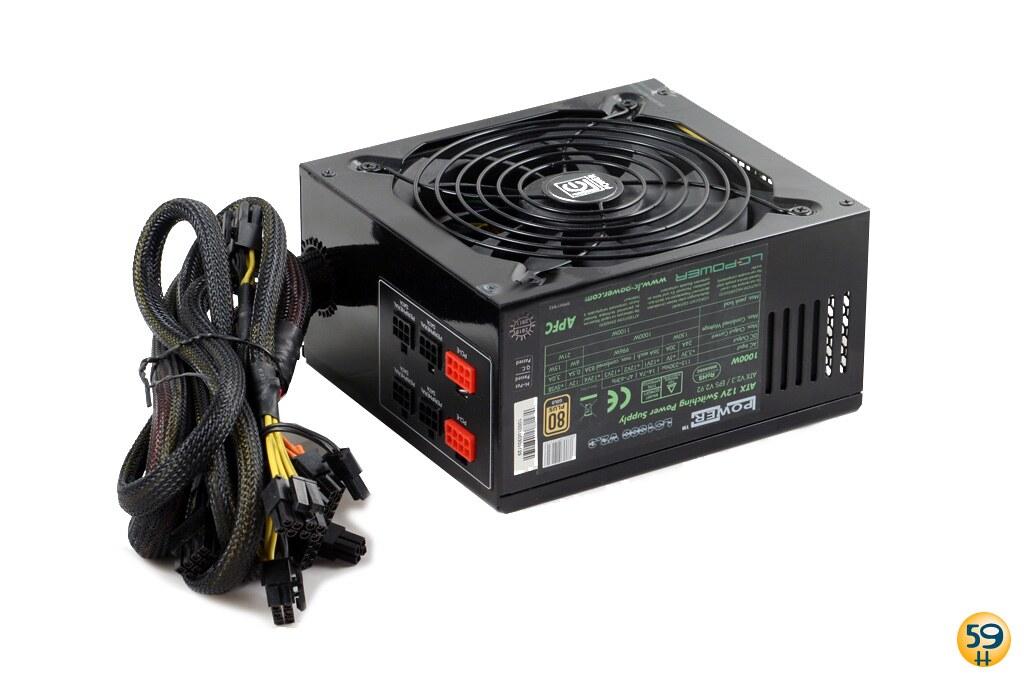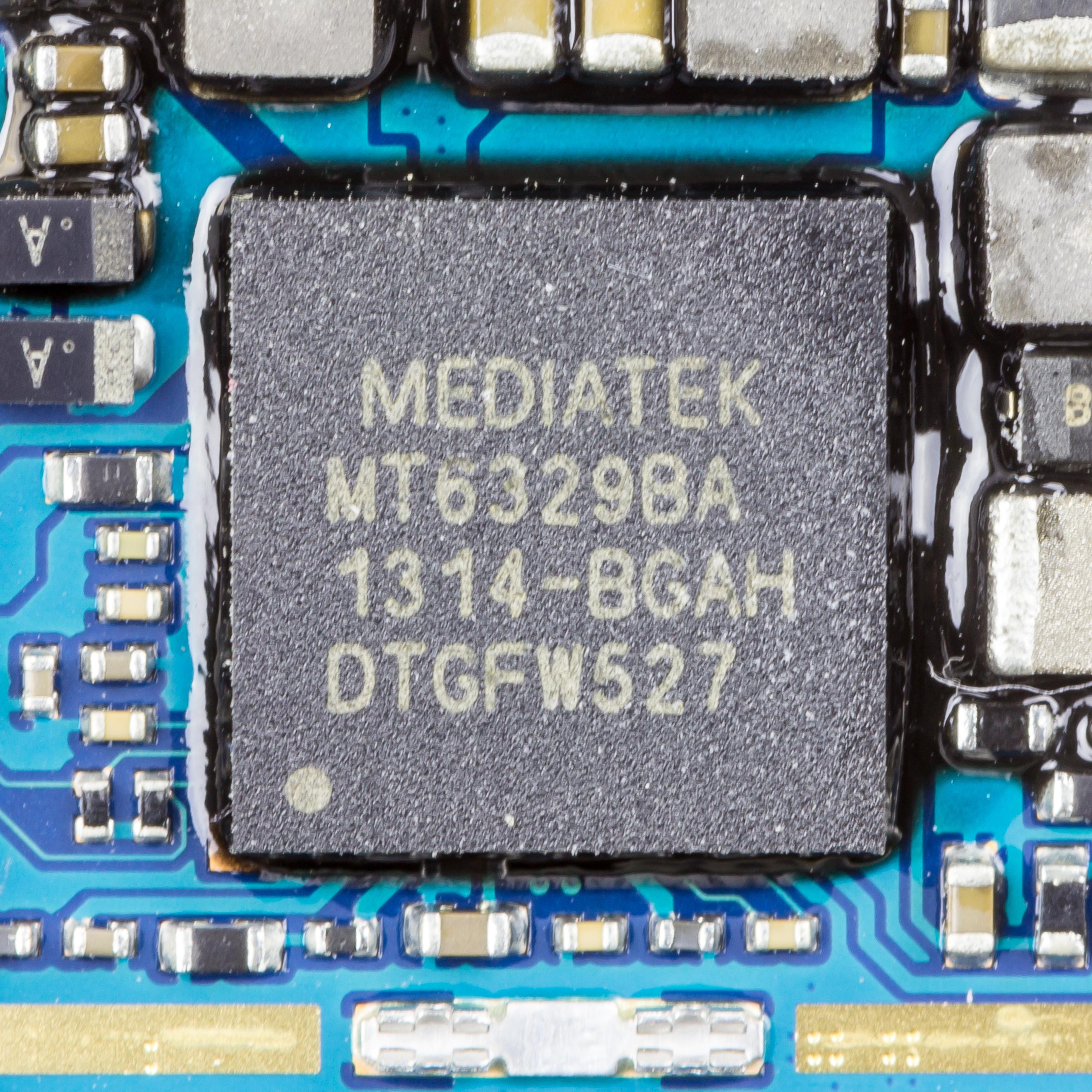Unveiling the enigmatic acronym enveloped in a cloud of mystery – APFC, brace yourselves for a delightful journey unveiling its full form. Just as a skilled magician astounds the crowd with a mesmerizing trick, APFC too holds the power to captivate and intrigue. What lies behind this seemingly ordinary arrangement of letters? Buckle up and prepare for an expedition into the realms of knowledge, as we unravel the hidden secrets of APFC in all its glory! Let us delve deep into this article, revealing with precision and clarity, the true essence of APFC, one letter at a time.
APFC Full Form: Understanding the Concept and Its Significance in Electrical Systems
The abbreviation "APFC" stands for Automatic Power Factor Correction. This concept holds great significance in electrical systems, as it helps to improve the overall power quality and efficiency of various industrial and commercial operations. APFC systems are designed to automatically monitor and regulate the power factor of an electrical system, ensuring it remains close to unity. In this post, we will delve deeper into the concept of APFC, its components, and the benefits it provides to electrical systems.
- Components of an APFC System:
An APFC system consists of several key components that work together to ensure optimal power factor correction. These components include:
- Capacitor Bank: The heart of an APFC system, the capacitor bank actively corrects the power factor by reducing the reactive power in the electrical system.
- Controller: This brains of the APFC system provides the necessary intelligence to monitor and regulate the power factor continuously.
- Contactor: The contactor is responsible for switching the capacitor bank on and off as per the requirements of the electrical load.
- Current Transformer: This component measures the current flowing through the electrical system and provides necessary input to the controller for accurate power factor correction.
- Benefits of APFC in Electrical Systems:
Implementing APFC systems in electrical systems brings about a multitude of advantages. Here are some key benefits:
- Improved Energy Efficiency: By maintaining a near-unity power factor, APFC systems reduce the amount of reactive power drawn from the grid, resulting in lower energy bills.
- Enhanced Electrical System Performance: APFC systems stabilize voltage fluctuations, reducing load losses and improving the overall performance and lifespan of electrical equipment.
- Reduced Carbon Footprint: By optimizing the power factor, APFC systems help decrease the power losses in distribution networks, leading to reduced greenhouse gas emissions.
- Compliance with Utility Regulations: Many utility companies impose penalties on consumers with a low power factor. Implementing APFC systems ensures compliance with utility regulations and avoids additional charges.
In conclusion, APFC systems play a crucial role in the electrical industry by actively correcting power factor and ensuring efficient energy usage. By understanding the concept of APFC and its components, businesses can improve their power quality, reduce energy costs, and contribute to a greener future.
Unveiling the Intricacies: The Working Mechanism of APFC and Its Key Components
Automatic Power Factor Correction (APFC) plays a crucial role in maintaining efficient electrical systems by ensuring a balanced power factor. To truly understand the intricacies of APFC, it is essential to delve into its working mechanism and explore its key components.
At the heart of APFC lies the power factor controller, a sophisticated device that constantly monitors and analyzes the power factor of the electrical system. Its main objective is to maintain the power factor as close to unity (1) as possible. By measuring the current and voltage, the controller adjusts the power factor accordingly, switching the required capacitors on or off.
The backbone of APFC is the capacitor bank, consisting of a series of capacitors connected in parallel. These capacitors act as reactive power generators, offsetting the reactive power demand of the system. With their quick response and ability to store and supply reactive power instantaneously, capacitors effectively improve the overall energy efficiency of the electrical network.
To keep the system in check, the APFC also contains a reactor or an inductor. The reactor is responsible for preventing any harmonic distortion caused by loads or harmonics in the electrical system, ensuring stable and reliable operation. Additionally, the APFC includes a current transformer to measure the current flowing through the system, allowing the power factor controller to accurately regulate the power factor.
In summary, APFC is a vital component in maintaining an optimized power factor in electrical systems. Through its working mechanism and the collaboration of its key components such as the power factor controller, capacitor bank, reactor, and current transformer, APFC ensures a harmonious and efficient operation of electrical networks, reducing energy losses and improving overall system performance.
Efficient Power Management: Tips for Implementing APFC Systems in Industries and Commercial Establishments
APFC, or Automatic Power Factor Correction, is a crucial system that plays a significant role in improving power efficiency in industries and commercial establishments. Implementing APFC systems can drastically reduce energy consumption, lower utility bills, and minimize the impact on the environment. In this post, we will explore some useful tips for successfully incorporating APFC systems into your organization.
Proper Load Assessment: Before installing an APFC system, it is essential to assess the electrical load accurately. This assessment helps in determining the appropriate APFC system size and capacity required to optimize power factor correction. By understanding the load profile, you can ensure that the system is well-suited for your industry or establishment’s specific needs.
Quality Capacitors: Investing in high-quality capacitors is crucial for the successful implementation of an APFC system. These capacitors help in compensating the reactive power and improving the overall power factor. It is important to choose capacitors from reliable manufacturers that offer good insulation resistance and guarantee a longer lifespan. Regular maintenance and periodic checking of capacitors are also necessary to maintain their optimum performance.
Automatic Control and Monitoring: Implementing an APFC system with automatic control and monitoring features is highly recommended. This allows real-time monitoring of power factor conditions, enables prompt correction of fluctuations, and ensures efficient power management. Additionally, automated APFC systems come with self-adjusting capabilities, ensuring that the power factor remains within desirable limits even with variable loads.
- Energy Audit and Optimization: Conducting regular energy audits is essential to identify areas of improvement and optimize power usage. These audits help in detecting any power factor deviations, identifying potential energy loss factors, and recommending corrective measures. By addressing these issues promptly, you can enhance the efficiency of your APFC system and ensure optimal power management.
In conclusion, implementing APFC systems is a wise choice for industries and commercial establishments aiming to enhance power management efficiency. By following these tips and making prudent investments in APFC infrastructure, organizations can significantly reduce energy wastage, minimize electrical losses, and contribute to a greener, sustainable future.
Ensuring Optimal Electrical Performance: Maintenance and Troubleshooting Tips for APFC Panels
APFC stands for Automatic Power Factor Correction, a vital component in maintaining optimal electrical performance. To ensure the smooth operation of APFC panels, regular maintenance and troubleshooting are imperative. Here are some tips to help you keep your APFC panels in top-notch condition:
Visual Inspection: Conduct regular visual inspections to identify any signs of damage, loose connections, or worn-out components. Look for burnt-out fuses, discolored wires, or bulging capacitors. Any abnormalities should be promptly addressed to prevent further damage.
Cleaning and Dust Removal: Dust and dirt accumulation can impair the performance of APFC panels. Use a dry cloth or a low-pressure air blower to clean the panels, ensuring that all components are free of debris. Make sure to power off the panels before performing any cleaning.
Capacitor Testing: Capacitors play a crucial role in power factor correction, and faulty capacitors can significantly impact the system’s efficiency. Regularly test the capacitors using a capacitance meter to verify their values and replace any defective ones immediately.
Connection Tightening: Over time, the connections in APFC panels may become loose, leading to poor electrical performance. Regularly inspect and tighten all connections, ensuring they are secure and free of corrosion.
- Monitoring Power Factor: Continuously monitor the power factor of your electrical system using power measuring devices. This will allow you to track any fluctuations or abnormalities and take immediate corrective actions.
By implementing these maintenance and troubleshooting tips, you can ensure that your APFC panels operate efficiently, contributing to optimal electrical performance and reducing energy wastage. Remember, regular inspections and proactive maintenance are key to preventing costly breakdowns and maximizing the lifespan of your APFC panels.
Future Outlook
As we conclude this exploration into the realm of acronyms and abbreviations, we hope to have shed some light on the enigmatic world of the APFC. Unveiling its full form as the "Assistant Public Finance Controller," we have ventured into the depths of its meaning and purpose.
Like a master illusionist, the APFC acronym beckons curiosity and holds secrets within its seemingly mundane combination of letters. Its ability to captivate our imagination lies not only in its mystique but also in its practical application as a financial guardian.
We have peeled back the layers of the APFC abbreviation, exposing the role it plays in overseeing public finances with precision and care. From meticulously managing budgets, monitoring expenditures, and ensuring financial transparency, the APFC stands as an emblem of fiscal responsibility.
In its essence, the acronym APFC embodies the ironclad guardian, silently working behind the scenes to safeguard public funds and maintain economic stability. An unsung hero, it navigates through intricate spreadsheets, crunches numbers like a virtuoso, and brings order to the labyrinth of public finance.
As we bid farewell to the mystery shrouding the APFC, let us remember that acronyms hold untold tales and narratives within their abbreviated confines. They serve as conduits between a complex topic and our understanding, bridging the gap with brevity and precision.
So, the next time you come across an enigmatic acronym, take a moment to dive deeper, unravel its riddle, and embrace the knowledge that lies within. The APFC has shown us that even within seemingly ordinary clusters of letters lies a world of meaningful purpose. Signing off, wishing you many enlightening encounters with the world of acronyms and their captivating full forms.

